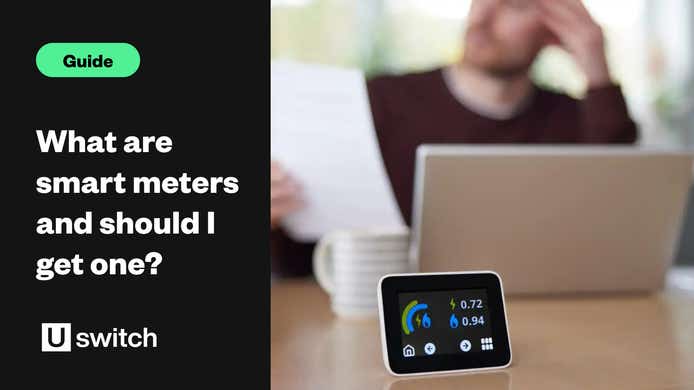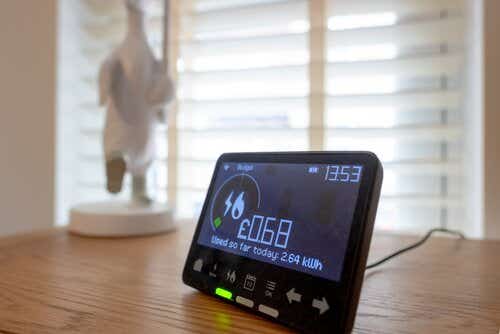What is a smart thermostat?
Smart thermostats are devices responsible for controlling a home’s heating. You can use an app (on your smart phone, desktop or tablet) to control your heating remotely, so if you go on holiday and forget to turn off your heating, you can do it from wherever you are. For more information on smart thermostats, check our dedicated guide. Smart thermostats also provide a wealth of data on your energy consumption, in a bid to help you work out how to save energy.
How do smart thermostats work?
Smart thermostats can show your energy consumption in real-time and can even adjust your heating to conditions such as humidity, helping you save money. Certain types even learn from your behaviour and, after a given amount of time, will be able to adjust the temperature without you having to do anything.
How much do smart thermostats cost?
Different smart thermostats do different things and have a variety of prices, ranging from about £50 - £350. You should only buy one if you are going to use it - there’s no point buying one and never switching it on, or getting one for a property that is empty most of the time.
Which smart thermostat should I pick?
This really depends what you're looking for. Google’s smart thermostat, the Nest Learning Thermostat, and tado both learn from user behaviour. This means the systems monitor your heating preferences and adjust the temperature accordingly. After a while you should never have to change the temperature again. British Gas’ Hive and ScottishPower Connect are a bit different. The philosophy behind these products is that the user should control as much as possible and use the data provided by the smart thermostat to optimise their consumption.
So how much could I save with a smart thermostat?
That depends who you ask. According to tado, its smart thermostats will help customers save an average of 31% on their heating costs. Hive, on the other hand, claims that its Mini Thermostat could save you up to £311 a year. At the end of the day it really depends on your household and heating habits.
To learn about other ways to cut your energy bills and reduce your energy usage, check out our energy saving guides.




